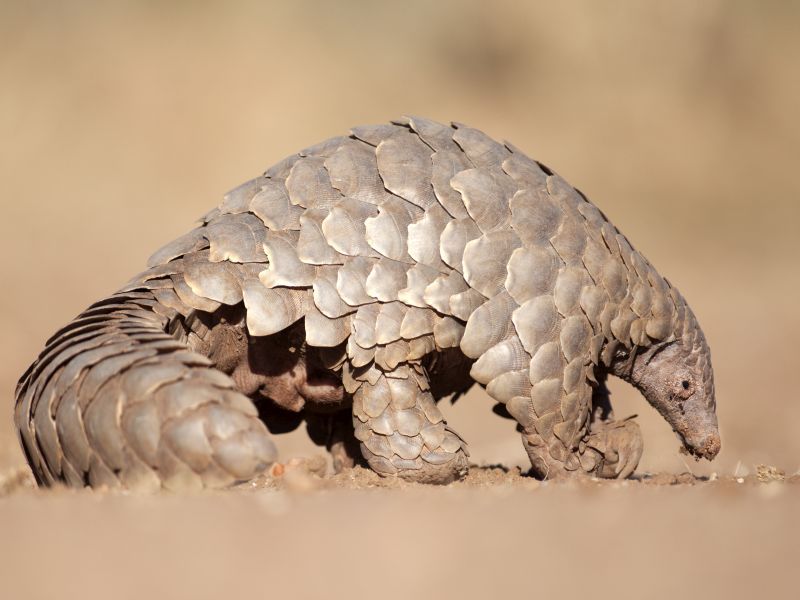WEDNESDAY, Feb. 10, 2021 (HealthDay News) — Could it be that a strange-looking creature known as a pangolin was the conduit by which the new coronavirus jumped to humans and prompted an international pandemic?
New research suggests the theory is a plausible one.
Pangolins are sold for food in live-animal “wet markets” in China — facilities that have long been suspected of being ground zero for the spread of viruses originating in animals to people. Since the pandemic began, experts worldwide have called for the closure of such markets in China and elsewhere.
Many people believe that bats may have been the original source of the new coronavirus. In the new study, the researchers compared the structures of the spike proteins found on SARS-CoV-2 with the most similar bat coronavirus and also with a coronavirus isolated from Malayan pangolins that had been seized by authorities after being smuggled to China.
“By testing if the spike protein of a given virus can bind with cell receptors from different species, we’re able to see if, in theory, the virus could infect this species,” explained study co-author Antoni Wrobel. He is a postdoctoral training fellow in the Structural Biology of Disease Processes Laboratory at the Francis Crick Institute, in London.
“Importantly here, we’ve shown two key things. Firstly, that this bat virus would unlikely be able to infect pangolins. And secondly, that a pangolin virus could potentially infect humans,” Wrobel said in an institute news release.
The scientists used a technology called cryo-electron microscopy to see the pangolin coronavirus spike protein in minute detail. Some parts of the virus spike were quite similar to the human version, but others differed.
Though the research uncovered that the bat coronavirus, known as RaTG13, could not bind with receptors in humans or pangolins, and that the pangolin coronavirus was able to bind to pangolin and human receptors, it still doesn’t confirm whether the pangolin virus was a part of SARS-CoV-2’s evolution to humans.
But it does support possible scenarios for how this could happen, the researchers said.
It may be that RaTG13 or a similar bat coronavirus merged with a coronavirus in a species other than a pangolin. Possibilities also include that it originated from an unknown bat coronavirus that could infect pangolins and then moved into humans, the study authors noted.
Study co-author Donald Benton said, “We still don’t have evidence to confirm the evolutionary path of SARS-CoV-2 or to prove definitively that this virus did pass through pangolins to humans. However, we have shown that a pangolin virus could potentially jump to humans, so we urge caution in any contact with this species and the end of illegal smuggling and trade in pangolins to protect against this risk.” Benton is a postdoctoral training fellow in the Structural Biology of Disease Processes Laboratory.
The team is continuing their research on the SARS-CoV-2 spikes and related coronaviruses.
According to Steve Gamblin, group leader of the Structural Biology of Disease Processes Laboratory, “A lot is still to be uncovered about the evolution of SARS-CoV-2, but the more we know about its history and which species it passed through, the more we understand about how it works, and how it may continue to evolve.”
The study was published online Feb. 5 in the journal Nature Communications.
More information
The U.S. Centers for Disease Control and Prevention has more about COVID-19.
SOURCE: The Francis Crick Institute, news release, Feb. 5, 2021
Copyright © 2025 HealthDay. All rights reserved.

